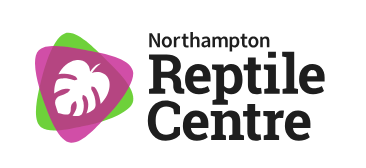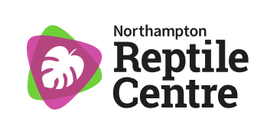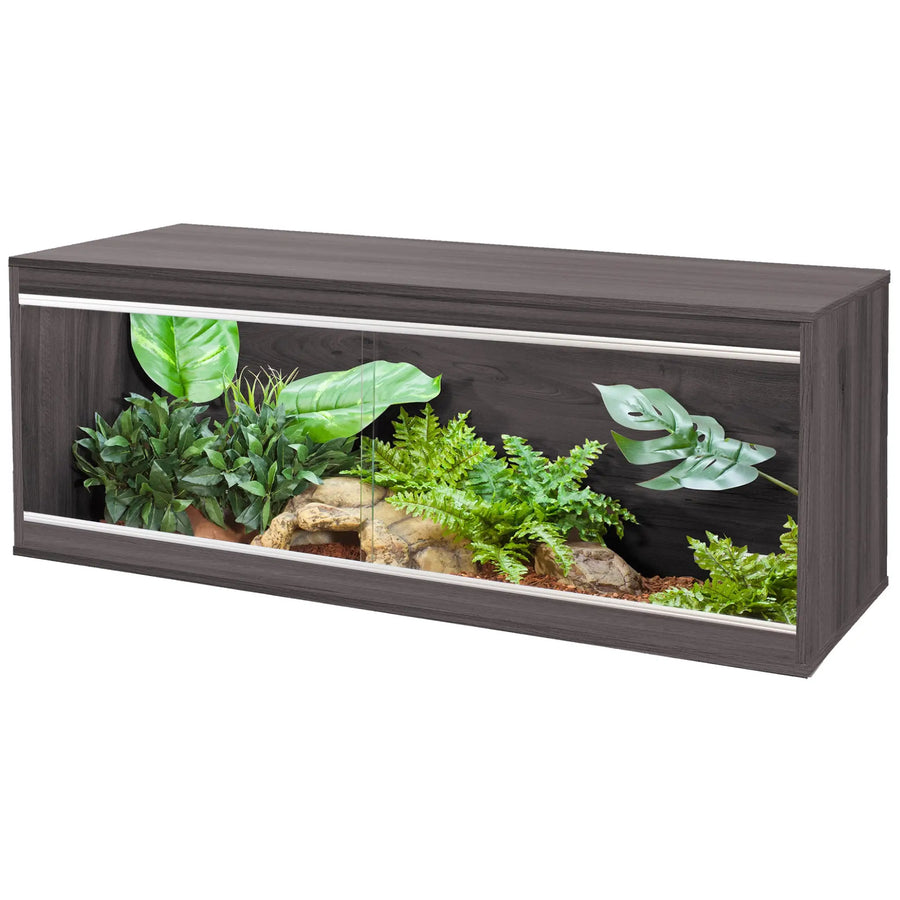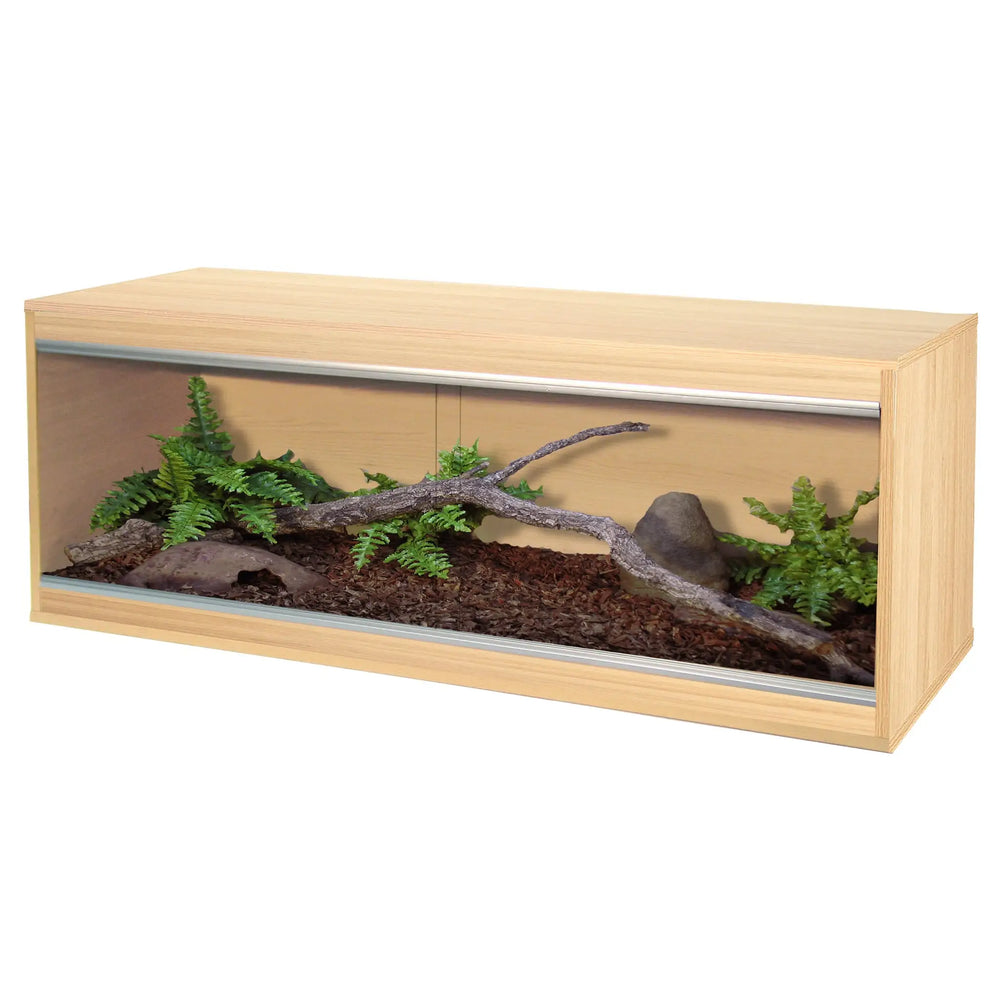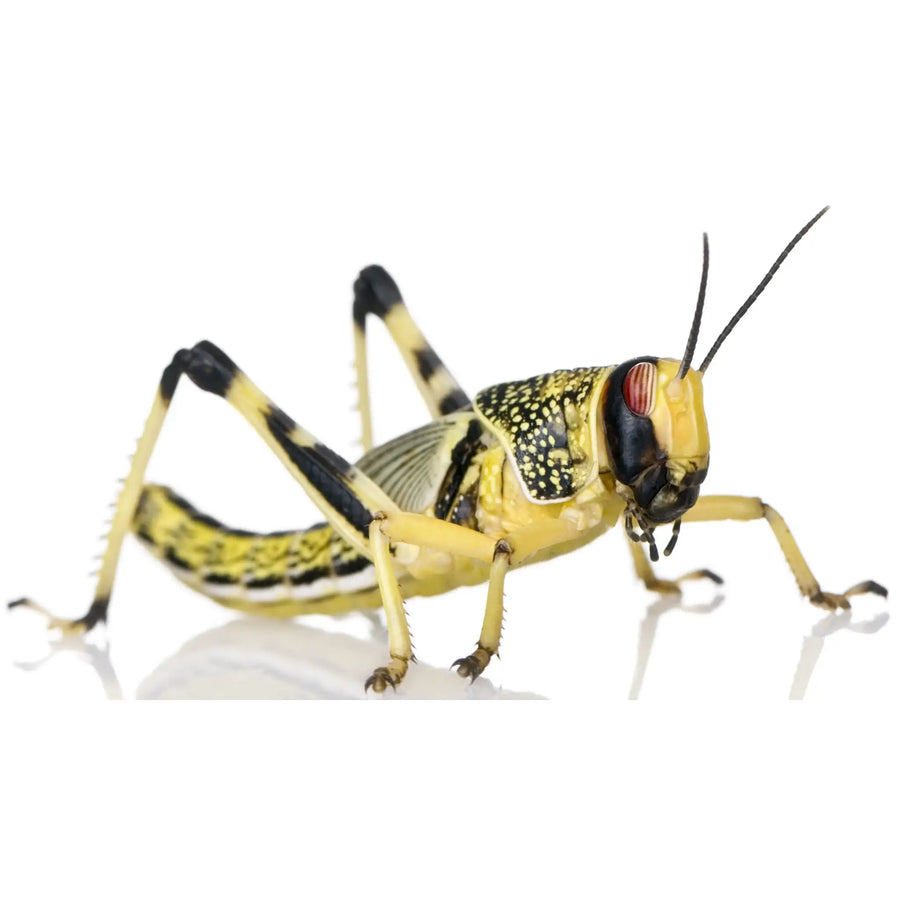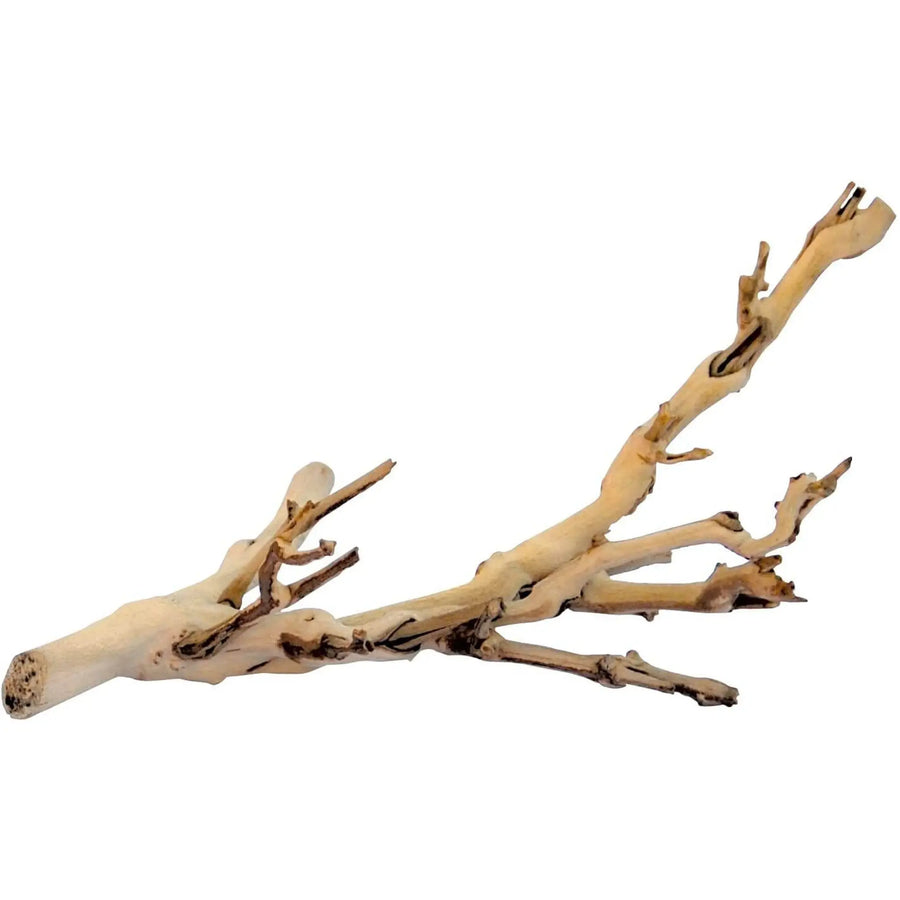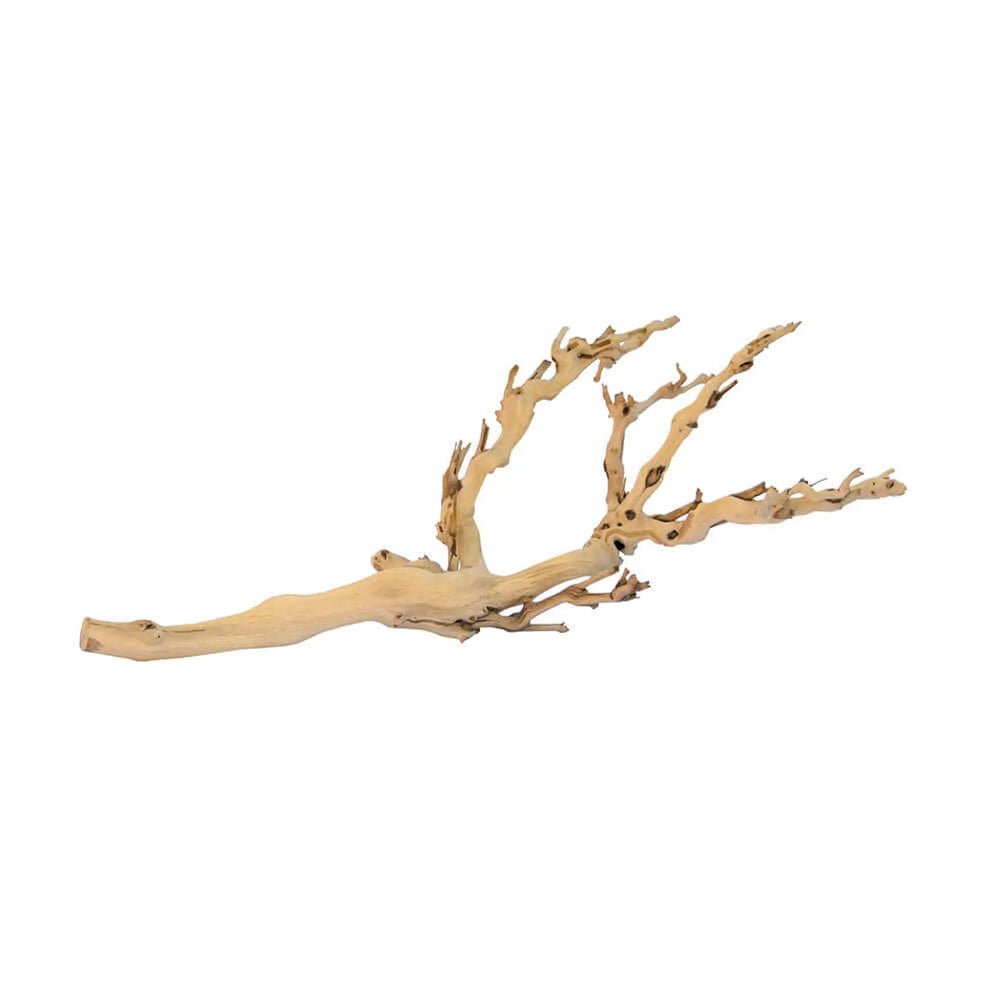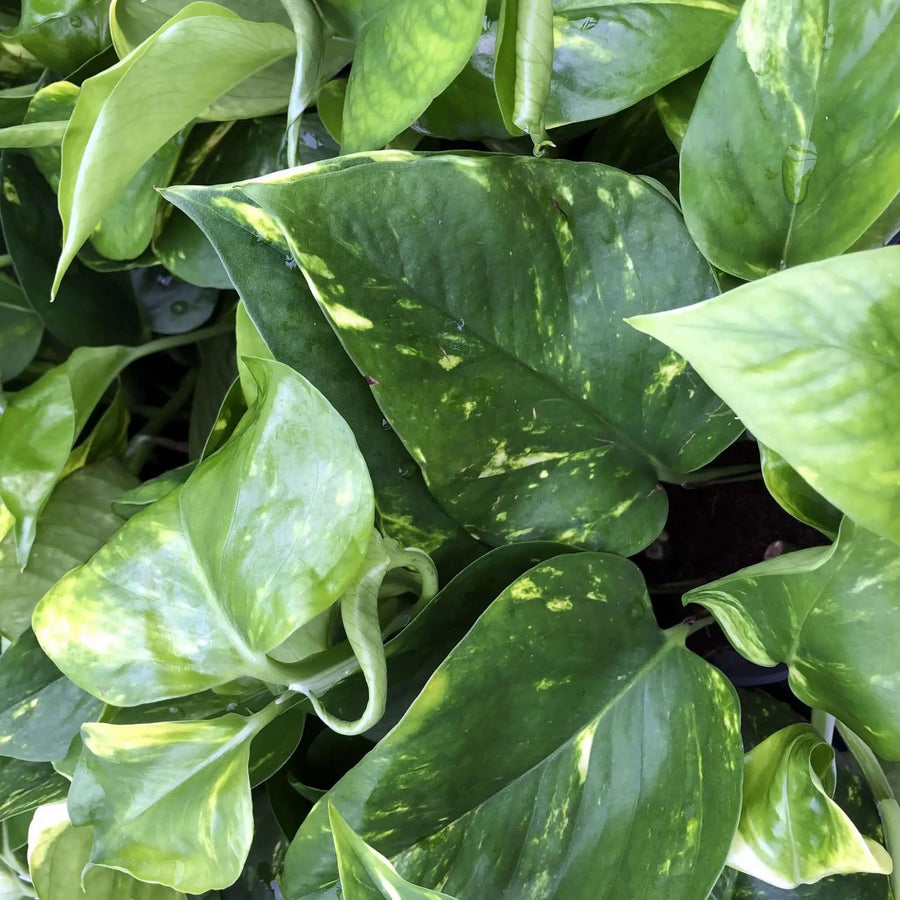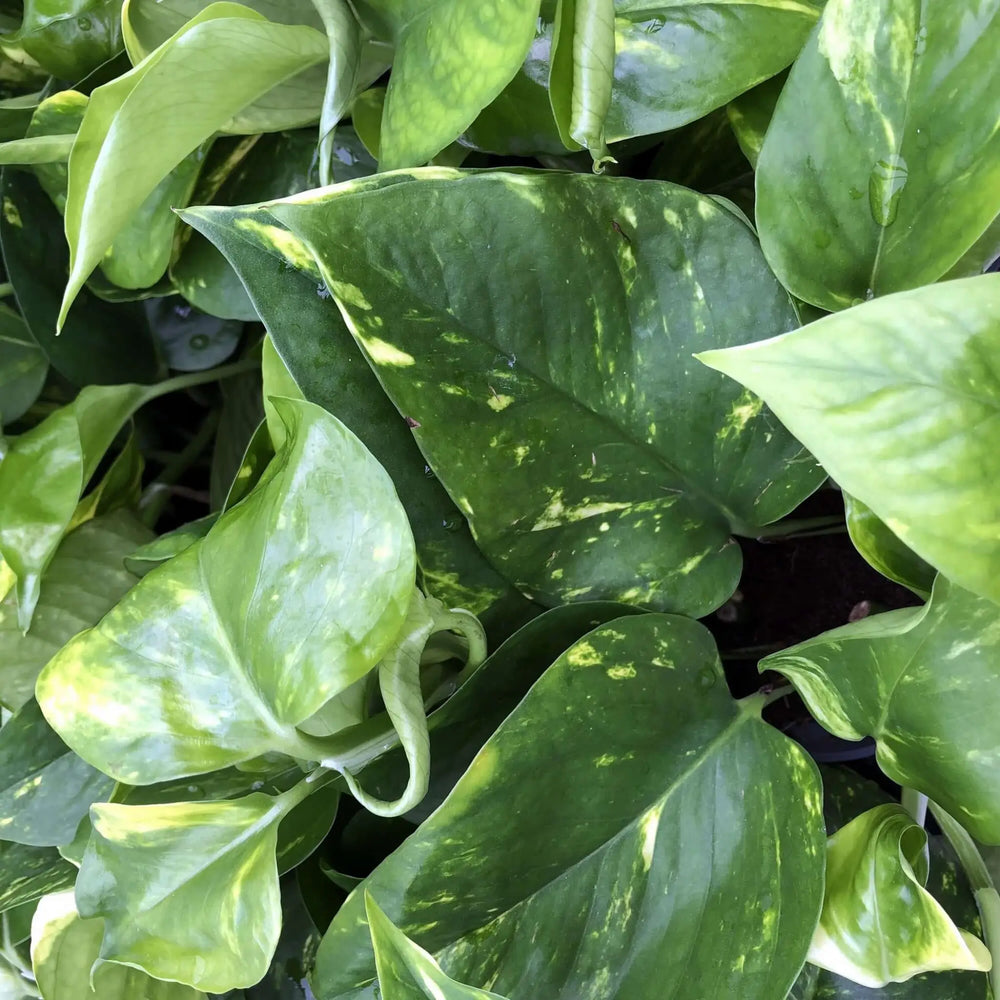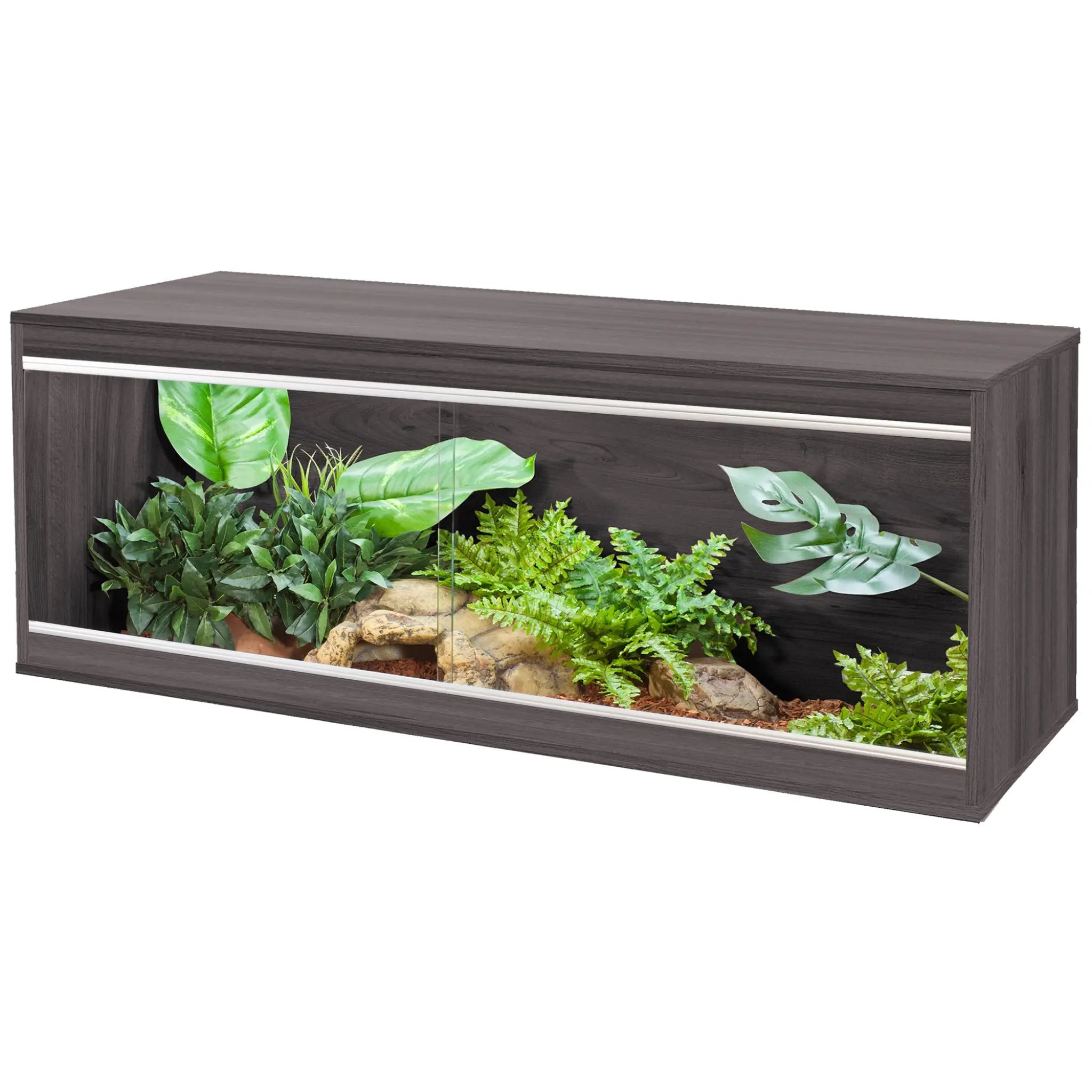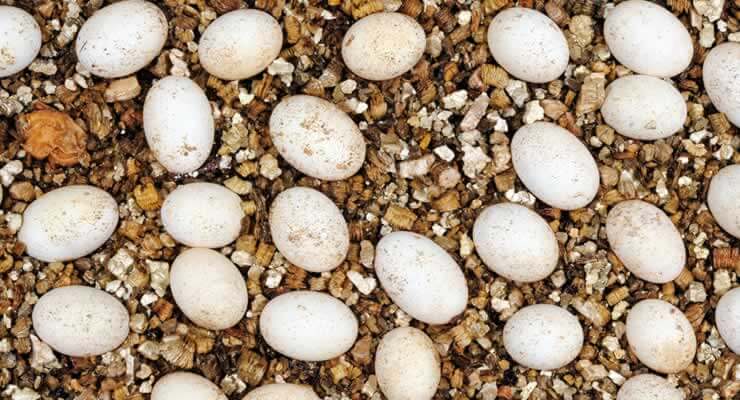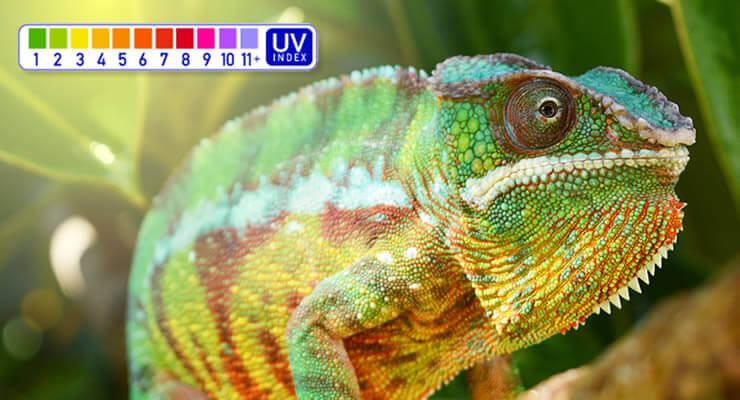
Which Ferguson Zone are Yemen Chameleons?
by Gary Rolfe on in Chameleons Guides
Yemen Chameleons are Ferguson Zone 3
Originating from the Arabian Peninsula in Yemen and Saudi Arabia, Yemen (or Veiled) Chameleons are defined as partial sun baskers meaning that they do bask during the day but may also choose to seek out shade at times . They are generally exposed to a UV Index of 1 – 2.6 with a maximum UVI of 2.9 – 7.4 if they bask in the open sun.
What are Ferguson Zones?
We know that recreating the ultraviolet part of sunlight is very important to reptile health and well-being. How do we measure it, with what and how much do we need for our animals?
We need a device that measures the UV range we are looking for and the Solarmeter 6.5 does just that, measuring from 280-400nm. This handheld device has been developed to measure the strength of UV from the sun to help people protect themselves from sunburn, however, this spectrum is very close to the D3 synthesis range, making it suitable for our use. The scale starts at 0 and goes upwards. This has been used in weather forecasting, when sunny, and is expressed as the UV Index (UVI). The higher the UVI the greater the power of the sun, which changes over the course of the day reaching its peak at midday.
As reptile keepers we can use this index to measure wavelengths that let our reptiles produce their own vitamin D3. As our pet reptiles originated from different countries, with many different habitats, they have morphologically evolved to take advantage of environmental niches for the optimal benefit to their species. This means that two different types of reptiles, even from the same area, may still have completely different UV requirements. To help make sense of this, a renowned herpetologist, Dr. Gary Ferguson measured different reptile’s daily basking sites and exposure times which gave him a good indication to their natural UV requirements. These species were divided up into four different sun exposure groups, which are now referred to as Ferguson zones. Each zone was allocated a range of figures, calculated from the readings, that were taken from the animals basking UVI. Other researchers have added more data to this study to help create a list of animals that fit into these four zones.
Ferguson Zone 1
Crepuscular or Shade Dweller
Zone range UVI 0 – 0.7 (Maximum UVI: 0.6 – 1.4 in basking zone)
Examples: crested geckos, leopard geckos, royal pythons, tokay geckos, Burmese pythons, green tree pythons, milk snakes, reticulated pythons.
Intermediate 1-2
Examples: Fiji banded iguanas, corn snakes, carpet pythons.
Ferguson Zone 2
Partial Sun or Occasional Basker
Zone range UVI 0.7 – 1.0 (Maximum UVI: 1.1 – 3.0 in basking zone)
Examples: Australian water dragons, emerald tree monitors, green anoles, monkey-tailed skinks, pygmy chameleons, ornate box turtles, red foot tortoises, boa constrictors, red-tailed ratsnakes, garter snakes, western hognose snakes.
Intermediate 2-3
Examples: blue-tongued skink, Chinese water dragon, panther chameleon, common musk turtle.
Ferguson Zone 3
Open or Partial Sun Basker
Zone range UVI 1.0 – 2.6 (Maximum UVI: 2.9 – 7.4 in basking zone)
Examples: black and white tegu, frilled lizard, Standing’s day gecko, Yemen chameleon, Indian star tortoise, leopard tortoise, spotted turtle, diamond python.
Intermediate 3-4
Examples: bearded dragon, bosc monitor, green iguana, painted turtle, red-eared slider, African spur-thighed tortoise.
Ferguson Zone 4
Mid-day Sun Basker
Zone range UVI 2.6 – 3.5 (Maximum UVI: 4.5 – 9.5 in basking zone)
Examples: chuckwalla, uromastyx, rhinoceros iguana, Texas horned lizard.
Need Help Understanding Ferguson Zones?
Do not hesitate to get in touch with us if you need any help understanding your reptile’s UVB lighting requirements!
Email us at sales@reptilecentre.com or feel free to email Reptile Systems who manufacture some of the finest UVB bulbs on the market. Their email address is support@aquariumsystems.uk.
